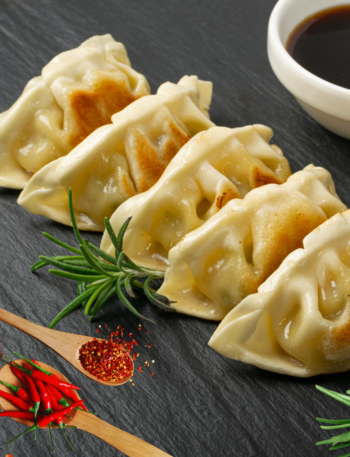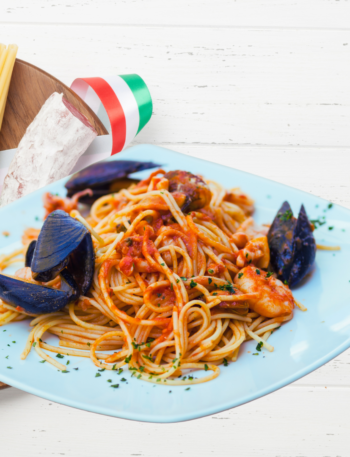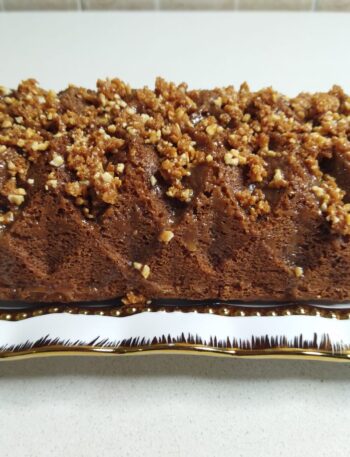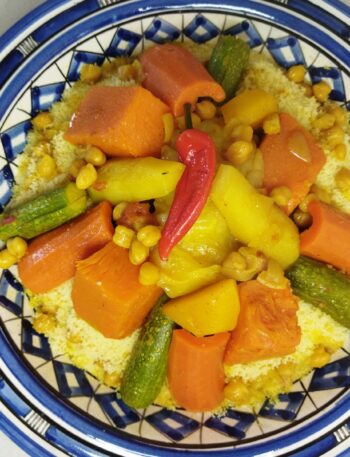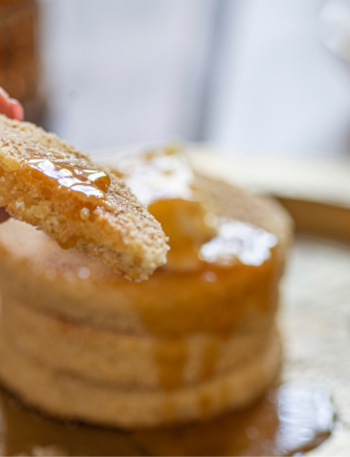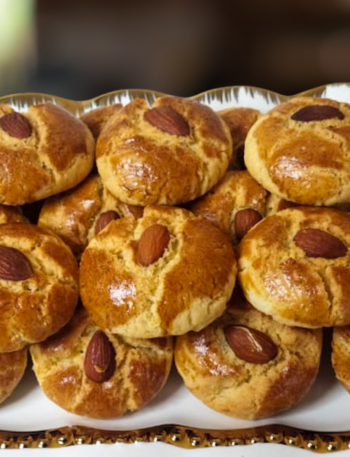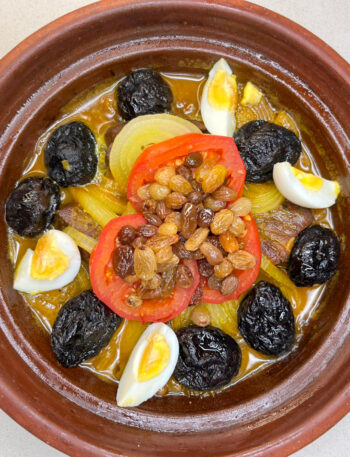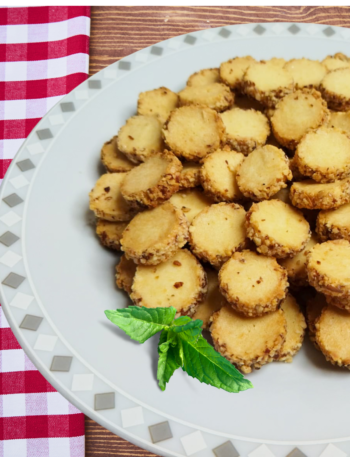Chicken Dumplings Recipe:
Chicken dumplings are a beloved dish in many cuisines around the world, and for good reason! These bite-sized delights feature a tender, flavorful filling encased in a soft, yet crispy dough.
Ingredients :
- Dough (Pastry):
- 2 cups all-purpose flour
- 1/2 cup warm water
- A pinch of salt
- Filling:
- 1 lb ground chicken
- 1 medium onion, finely chopped
- 1/2 cup cabbage, finely chopped
- 1 tablespoon soy sauce
- 1 tablespoon sesame oil
- 1 teaspoon grated ginger
- 2 cloves garlic, minced
- Salt and pepper to taste
Instructions for Chicken Dumplings:
1. Making the Dough
Start by preparing the dough for the dumplings. In a large mixing bowl, combine the flour and a pinch of salt. Gradually add the warm water and mix until you form a smooth, elastic dough. Knead the dough for about 5-7 minutes, then cover with a damp cloth and let it rest for at least 30 minutes.
2. Preparing the Filling
While the dough is resting, prepare the chicken filling. In a large bowl, combine the ground chicken, finely chopped onion, cabbage, soy sauce, sesame oil, grated ginger, minced garlic, salt, and pepper. Mix everything together until fully combined, making sure the seasoning is evenly distributed.
3. Assembling the Dumplings
Once the dough has rested, divide it into small pieces (about 1-inch in diameter). Roll each piece into a thin circle using a rolling pin. Place a small spoonful of the chicken filling in the center of each dough circle. Carefully fold the dough over the filling to form a half-moon shape, then pinch the edges together to seal the dumpling. Repeat with the remaining dough and filling.
4. Cooking – Pan-Frying (For Crispy-Bottom Dumplings)
Heat a tablespoon of oil in a non-stick skillet over medium heat. Once the pan is hot, place the dumplings in a single layer, making sure they do not touch. Fry for about 2-3 minutes until the bottoms become golden brown and crispy. Then, add a small amount of water to the pan (about 1/4 cup), cover, and steam the dumplings for another 5-7 minutes, or until the dough is cooked through.
5.Serve:
Once cooked, remove the dumplings from the pan and serve them hot with soy sauce or a dipping sauce of your choice. These chicken dumplings are perfect as an appetizer or a main dish!
Why You’ll Love These Chicken Dumplings:
These chicken dumplings are the perfect combination of crispy and tender. The savory filling, packed with chicken, cabbage, and aromatic spices, contrasts wonderfully with the crispy-bottomed dough. Pan-frying the dumplings gives them a perfect balance of crunch and softness that everyone will enjoy. Plus, they’re simple to make and versatile for various occasions!
4o mini

